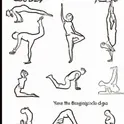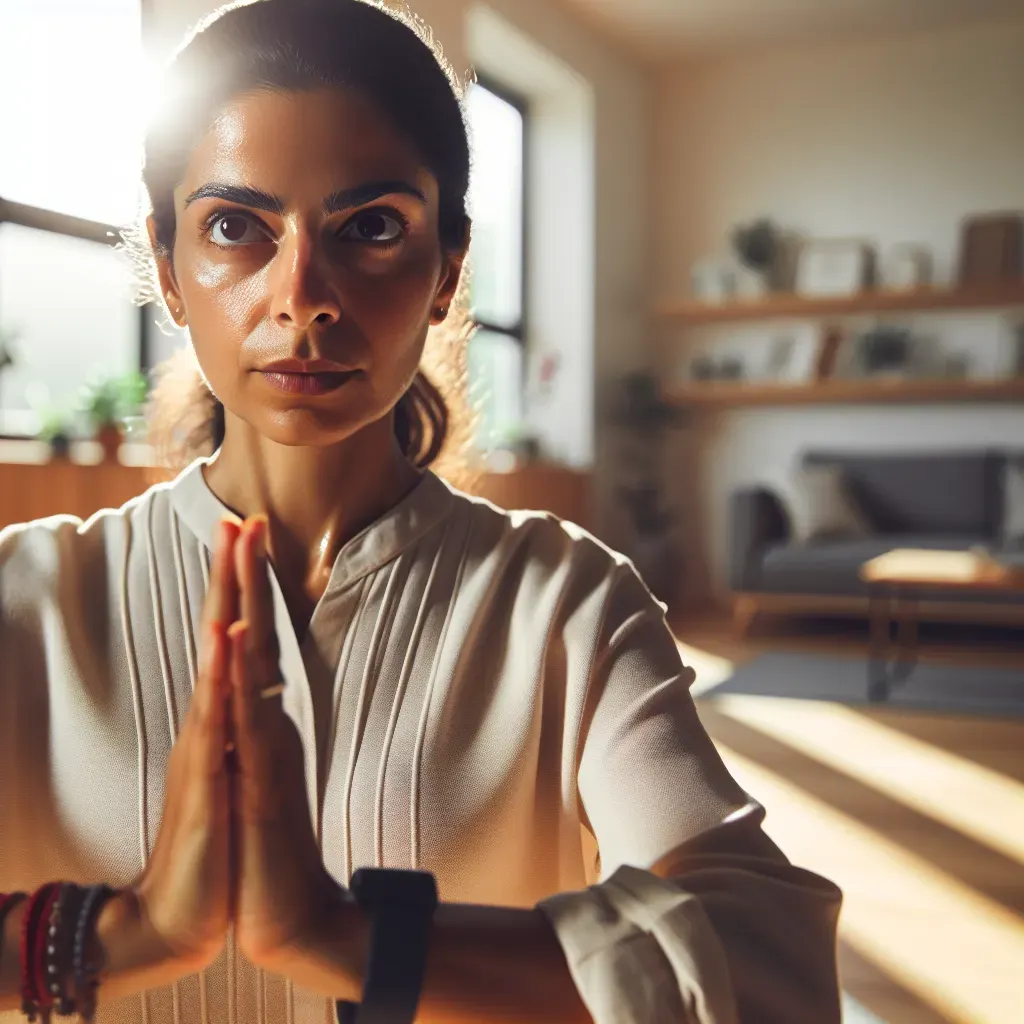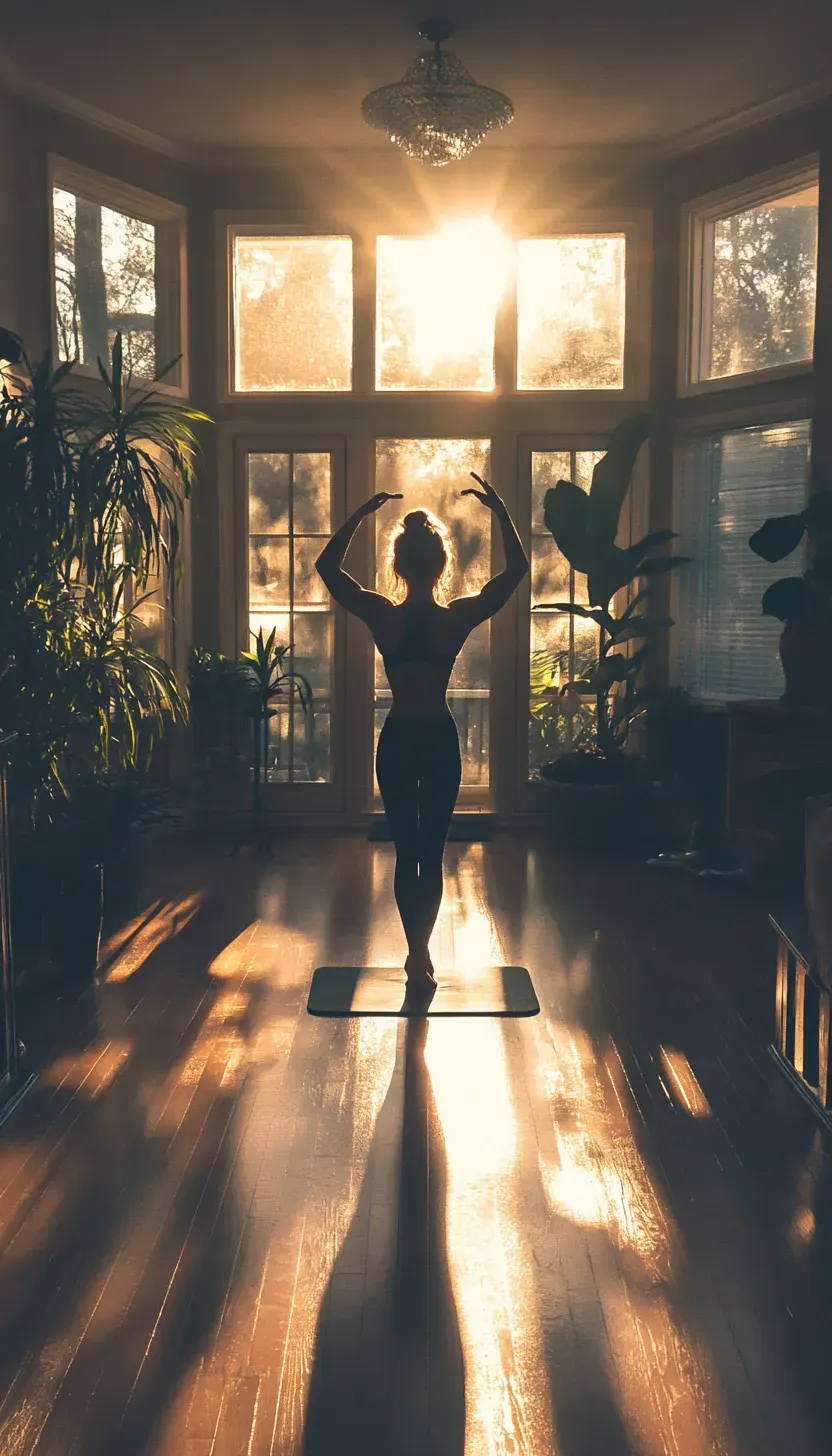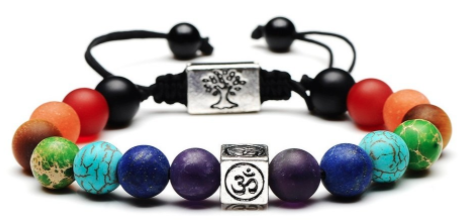Overcoming Common Vinyasa Flow Challenges: Solutions For Beginners To Thrive
Table Of Contents
- Introduction to Vinyasa Flow Challenges
- Understanding the Basics of Vinyasa Flow
- Common Physical Struggles in Vinyasa Practice
- Mental Barriers: Overcoming Self-Doubt
- Breathing Techniques for Better Flow
- Modifications for Poses to Enhance Comfort
- Building Strength and Flexibility Gradually
- Finding Your Rhythm in Vinyasa Flow
- Tips for Staying Consistent in Practice
- Thriving in Your Vinyasa Journey
Introduction to Vinyasa Flow Challenges
Vinyasa Flow challenges are more than just a physical workout; they explore the intricate connection between breath and movement.
Each session encourages practitioners to synchronize their inhales and exhales with fluid transitions, creating a dance that invigorates both body and mind.
This rhythmic flow fosters a deeper awareness of one’s physical capabilities, pushing boundaries while cultivating mindfulness and presence.
Engaging in Vinyasa Flow challenges can reveal hidden strengths and foster resilience, not only in yoga practice but also in everyday life.
As participants navigate through dynamic sequences, they learn to embrace discomfort and uncertainty, transforming obstacles into opportunities for growth.
The community aspect of these challenges adds another layer of richness, fostering camaraderie among yogis who share the journey of self-discovery.
Ultimately, Vinyasa Flow challenges invite individuals to explore their potential, reminding them that each breath is a chance to begin anew.
Understanding the Basics of Vinyasa Flow
At its core, the Basics of Vinyasa Flow revolve around the seamless integration of breath and movement, creating a dynamic and fluid practice that enhances both physical strength and mental clarity.
Unlike static yoga styles, Vinyasa encourages practitioners to transition smoothly between postures, allowing for a continuous flow that mimics the natural rhythms of life.
This approach not only builds endurance but also cultivates a deeper awareness of the body and breath, fostering mindfulness throughout the session.
One of the fundamental elements of Vinyasa Flow is the concept of "drishti," or gaze, which directs focus and enhances concentration.
By anchoring the gaze on a single point, practitioners can maintain stability amidst the movement, making it easier to connect with their breath and find inner calm.
Additionally, the creative sequencing found in Vinyasa classes invites individuals to explore their limits and discover new possibilities within their practice.
Whether you are transitioning from downward dog to warrior pose or flowing into a gentle twist, each sequence presents an opportunity to embody the essence of movement as meditation, transforming each session into a personal journey of self-discovery.
Common Physical Struggles in Vinyasa Practice
One of the most prevalent physical struggles in Vinyasa practice is the challenge of synchronizing breath with movement. Many practitioners find themselves gasping for air as they transition through poses, leading to a disconnection that can diminish the flow and meditative quality of the practice.
This struggle often stems from an overzealous approach to the sequences; instead of flowing, practitioners may feel like they're racing against time.
Cultivating awareness of one's breath can transform this experience, allowing for a more harmonious and nourishing practice.
Another common issue is the difficulty in achieving proper alignment, particularly in poses like Downward Dog or Warrior II. Misalignment not only increases the risk of injury but can also lead to frustration and self-doubt.
It's important to remember that everybody is unique, and what works for one person may not work for another. Utilizing props or seeking guidance from instructors can provide valuable support, empowering practitioners to explore their range of motion safely.
Embracing these physical struggles as opportunities for growth can foster resilience and deepen one’s connection to the practice.
Mental Barriers: Overcoming Self-Doubt
Mental barriers often manifest as self-doubt, creating an invisible wall that hinders personal growth and achievement. Recognizing that these doubts are not insurmountable is the first step toward dismantling them.
A powerful strategy is reframing negative thoughts into constructive affirmations. For instance, instead of thinking, “I’m not good enough,” challenge yourself to consider, “I am learning and improving every day.”
This shift in mindset can transform a fixed belief into a growth-oriented perspective, fostering resilience.
Also, surrounding yourself with supportive individuals can significantly mitigate self-doubt. Engaging with a community that encourages vulnerability allows you to share your struggles openly, revealing that many others grapple with similar feelings.
This connection not only normalizes your experience but also provides valuable insights from others who have successfully navigated their mental barriers.
Ultimately, overcoming self-doubt is a journey of self-discovery; by acknowledging and addressing these mental barriers, you pave the way for authentic confidence and a more fulfilling life.
Breathing Techniques for Better Flow
Breathing techniques are more than just tools for relaxation; they can significantly enhance your mental and physical flow.
By mastering specific patterns of inhalation and exhalation, individuals can tap into a deeper state of awareness and creativity. Techniques like diaphragmatic breathing encourage full oxygen exchange, which not only reduces stress but also sharpens focus.
This practice can be particularly beneficial during moments of high pressure, allowing you to center your thoughts and achieve a state of calm clarity.
Incorporating rhythmic breathing exercises into your daily routine can yield remarkable benefits for both productivity and emotional resilience.
For example, the 4-7-8 technique, where you inhale for four seconds, hold for seven, and exhale for eight, can reset your nervous system and promote a sense of balance.
Engaging in these practices before challenging tasks can unlock a flow state, enhancing problem-solving abilities and creativity.
By prioritizing conscious breathing, you cultivate an environment where ideas can flourish, making it an invaluable tool for anyone seeking to elevate their performance in both personal and professional spheres.
Modifications for Poses to Enhance Comfort
Modifying poses can significantly enhance comfort and accessibility, allowing practitioners of all levels to engage more deeply with their practice.
One effective strategy is to utilize props such as blocks, bolsters, or straps, which can help support the body in various poses.
For instance, placing a block under the hands in a forward fold not only reduces strain on the lower back but also allows for a more relaxed and restorative experience.
Similarly, using a bolster in a supported bridge pose can create a gentle heart opener, easing tension and encouraging deeper breathing.
Another insightful approach is to adjust the width of your stance or the angle of your limbs.
For those finding traditional warrior poses challenging, widening the feet or shortening the distance between them can alleviate pressure on the hips and knees.
Additionally, experimenting with the height of your chair in seated poses can make a world of difference; elevating your seat encourages better alignment and decreases discomfort in the legs.
Remember, the goal of these modifications is not to conform to a standard but to cultivate a personal practice that honours your unique body, promoting both physical ease and mental clarity.
Building Strength and Flexibility Gradually
Building strength and flexibility gradually is a journey that emphasizes the importance of patience and consistency. Instead of striving for immediate results, focus on incremental improvements.
This approach not only helps prevent injury but also fosters a deeper connection with your body.
By incorporating a variety of exercises, such as resistance training for strength and dynamic stretches for flexibility, you can create a balanced routine that promotes overall physical well-being.
One effective method is to set small, achievable goals that align with your fitness level. For instance, if you're aiming to increase flexibility, dedicate a few minutes daily to stretching major muscle groups, gradually extending the duration as your comfort increases.
Similarly, when building strength, consider starting with lighter weights or bodyweight exercises, progressively increasing resistance as your muscles adapt.
This mindful practice encourages not just physical development but also mental resilience, empowering you to embrace the process rather than fixate solely on outcomes.
Finding Your Rhythm in Vinyasa Flow
In Vinyasa Flow, finding your rhythm is akin to discovering a personal heartbeat that resonates with each movement and breath.
This dynamic practice emphasizes the seamless transition between poses, inviting practitioners to cultivate an awareness of their internal tempo.
As you flow from one asana to the next, listen closely to the cues of your body; it’s here that the magic lies.
Allow your breath to guide you, creating a fluid connection that transforms each pose into a dance rather than a series of static positions.
Moreover, embracing your unique rhythm can deepen your practice and enhance your overall experience on the mat. Some days, you may feel energized and ready to explore rapid sequences, while other times, you might call for a slower, more meditative pace.
This ebb and flow mirrors the rhythms of life itself, encouraging adaptability and mindfulness.
By tuning into your cadence during Vinyasa Flow, you not only honour your body’s needs but also tap into a profound sense of presence, making every session a journey of self-discovery and empowerment.
Tips for Staying Consistent in Practice
Establishing a consistent practice routine can be challenging, but integrating small, sustainable habits can make all the difference. One effective approach is to create a dedicated space that inspires you to engage with your practice daily.
This doesn’t mean having a full studio; even a small, organized corner with your tools and resources can serve as a constant visual reminder.
Also, incorporating elements that resonate with you, like art, quotes, or plants, can enhance your motivation and create a positive atmosphere conducive to growth.
Another key strategy is to set specific, achievable goals that break down your larger aspirations into manageable tasks. Instead of aiming for perfection, focus on progress by tracking your accomplishments, no matter how small.
This could involve maintaining a practice journal or using apps designed for habit tracking, which not only reinforces your commitment but also provides insight into your growth over time.
Furthermore, consider sharing your journey with a community or finding an accountability partner; this social aspect can boost motivation and provide support during challenging times.
By embracing these techniques, you'll cultivate a more disciplined and enjoyable practice that evolves with you.
Thriving in Your Vinyasa Journey
Embracing your Vinyasa journey is not just about mastering the physical postures; it’s a holistic experience that intertwines breath, movement, and mindfulness.
Each flow serves as a metaphor for life’s ebbs and flows, inviting practitioners to cultivate resilience and adaptability.
As you synchronize your breath with each transition, you create a rhythm that transcends the mat, fostering a deeper connection with your inner self and the world around you.
This awareness allows you to approach challenges both on and off the mat with grace, transforming obstacles into opportunities for growth.
To truly thrive in your Vinyasa journey, consider incorporating intentional pauses within your practice. These moments of stillness are essential for integrating the energy cultivated during dynamic sequences, allowing you to reflect on your progress and intentions.
Moreover, nurturing a community of fellow practitioners can enrich your experience, providing support and inspiration as you navigate your path.
Remember, your Vinyasa journey is uniquely yours embrace the variations and imperfections, for they are what make this practice so profoundly enriching.
If you're new to Vinyasa and struggling, you may wonder Is Vinyasa Flow for Beginners? or Is Vinyasa Flow Yoga Hard? Understanding the Practice.
People Also Asked
1. Why is Vinyasa Flow challenging for beginners?
Beginners often struggle with fast transitions, breath control, and endurance, but these challenges can be overcome with practice and modifications.
2. How can I improve my breath control in Vinyasa Flow?
Focus on deep, rhythmic breathing (Ujjayi breath), matching movements to breath, and maintaining a steady pace.
3. What are the most common mistakes in Vinyasa Flow?
Rushing transitions, poor alignment, shallow breathing, and neglecting core engagement are common mistakes.
4. How do I build strength for Vinyasa Flow?
Incorporate core exercises, arm balances, and slow, controlled movements to build the necessary strength.
5. What are some modifications for beginners in Vinyasa Flow?
Use blocks for support, lower knees in Chaturanga, and slow down transitions to maintain control and alignment.
6. How can I improve my balance in Vinyasa Flow?
Engage your core, focus on a steady gaze (drishti), and practice balancing poses separately to build stability.
7. Why do my wrists hurt during Vinyasa Flow?
Weak wrists and improper hand placement can cause strain. Strengthen wrists with exercises and distribute weight evenly in your hands.
8. How can I avoid getting out of breath in Vinyasa Flow?
Slow down, take breaks when needed, and focus on breathing deeply and steadily through each transition.
9. Are there specific poses that help with Vinyasa Flow transitions?
Yes, foundational poses like Downward Dog, Chaturanga, and Warrior sequences improve flow and coordination.
10. What’s the best way to progress in Vinyasa Flow?
Stay consistent, focus on proper alignment, listen to your body, and gradually build endurance and flexibility.





